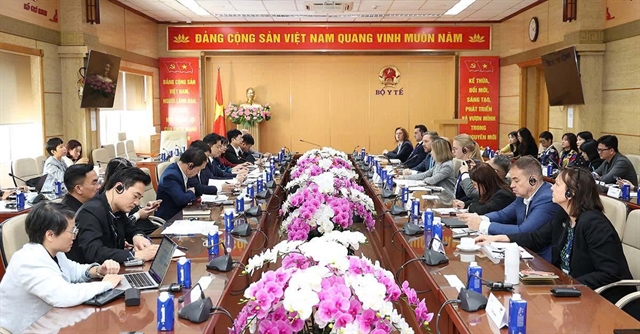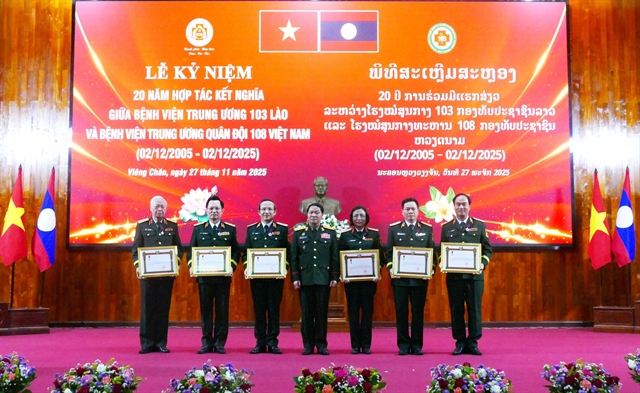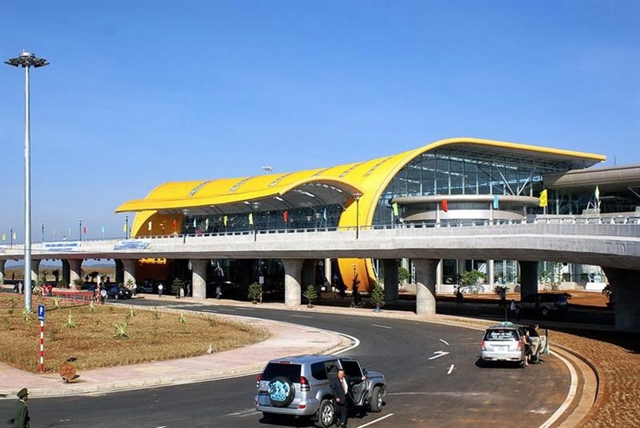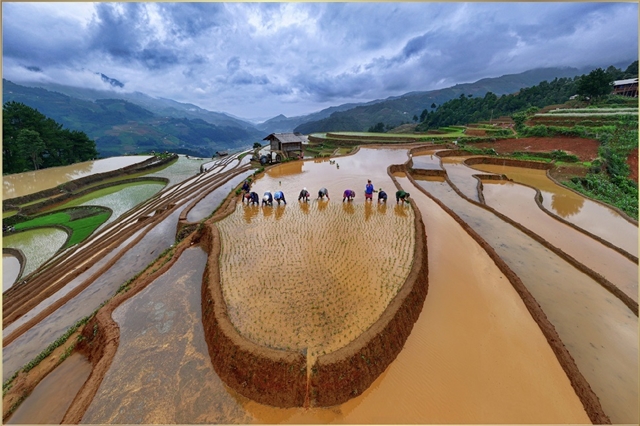 Life & Style
Life & Style

Hundreds of old stone mortars, millstones and grinders, of different sizes and shapes, are on display at a private museum in the mountainous district of Yên Thế in the northern province of Bắc Giang.

|
| Hundreds of old stone mortars, millstones and grinders, and other farming tools seen at the private museum by Nguyễn Đắc Nông, a retired journalist. — VNA/VNS Photos Danh Lam |
Thúy Hằng
BẮC GIANG Hundreds of old stone mortars, millstones and grinders, of different sizes and shapes, are on display at a private museum in the mountainous district of Yên Thế in the northern province of Bắc Giang.
The collection has been accumulated over the past three decades by Nguyễn Đắc Nông, a retired journalist, who said that the objects were very common in the daily lives of Vietnamese people in the past.
“Our country’s history of development engaged in wet rice cultivation. People in the past used stone mortars and millstones to process their food from rice grain. Depended on their specific purposes, they used these stone objects to pound the rice grain to remove the husk, and grind rice into dried or wet flour. So, it can be said these items are part of our traditional culture – the Red River civilisation,” Nông said.
However, the weighty items were replaced gradually by other products made of lighter materials, or even electric appliances.
“Many people didn’t hesitate to throw away the items which became useless in their house. But in my mind, they are valuable items in terms of culture and history. I’m hurt when I see people treat the items as waste and just want to get rid of them,” said the 76-year-old man, who is former deputy director of Bắc Giang Radio and Television.
Despite rain or shine, whenever he hears that there are people selling stone grinders in the region, the man has not hesitated to drive his old motorbike to purchase the items.
He was able to devote all his time to his hobby since he retired in 2007.
“I was very busy working at the provincial Radio and Television so I didn't have enough time to hunt down the items. My collection grew since my retirement, because I can spend all my time seeking them out,” he said.
His collection features a large number of the stone mortars and millstones from different northern provinces such as Bắc Giang, Hải Dương, Hà Nam and Nam Định. The ones made in the midland province of Thái Nguyên or mountainous province of Lạng Sơn can also be found in his museum, which was set up in a northern-styled three-component house next to his own home.
Born and raised in a farming family in the district, Nông was taught traditional farming work.
“I followed my parents to work on our rice field when I was only five years old. And I became a buffalo boy when I was six years old. That’s why I have a special interest in farming tools and anything related to the simple life of ordinary peasants,” he said.
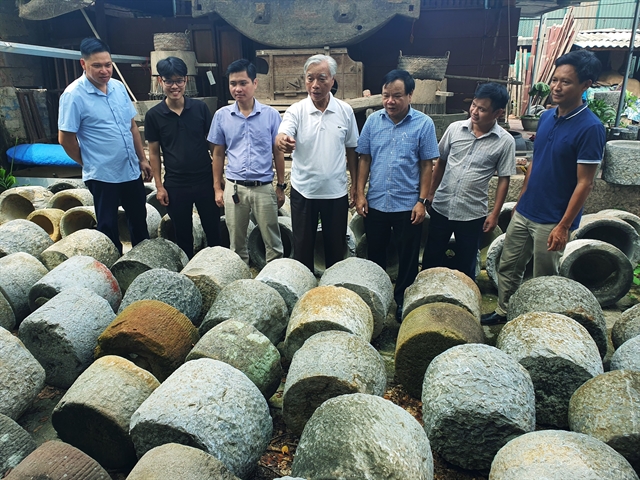
|
| Nguyễn Đắc Nông (4th left) seen together with a group of visitors at his private museum in Yên Thế District in Bắc Giang Province. |
Alongside the stone mortars and millstones, his museum is also home to hundreds of farming tools of farmers in the Red River Delta. Especially, his collection includes several farming tools of ethnic groups Thái, Tày, Nùng and Cao Lan that he has collected during his “hunting trips” to northern mountainous provinces.
In addition, several items of war memorabilia can be found in the museum, including soldiers’ personal belongings, and an enamel cup that President Hồ Chí Minh gave to each of the soldiers and officers in the Điện Biên Phủ battlefield on the Lunar New Year in 1954 to praise their determination in the fight against the French.
Also on display is a bicycle used by commissariats to transport rice to the Điện Biên Phủ battlefield.
Pieces of tree trunks embedded in the Bạch Đằng River to deter the invaders as the tide in the estuary receded during the historical battle between southern Han troops from China and ingenious Vietnamese troops led by legendary General Ngô Quyền in 938 can also be found in Nông’s museum.
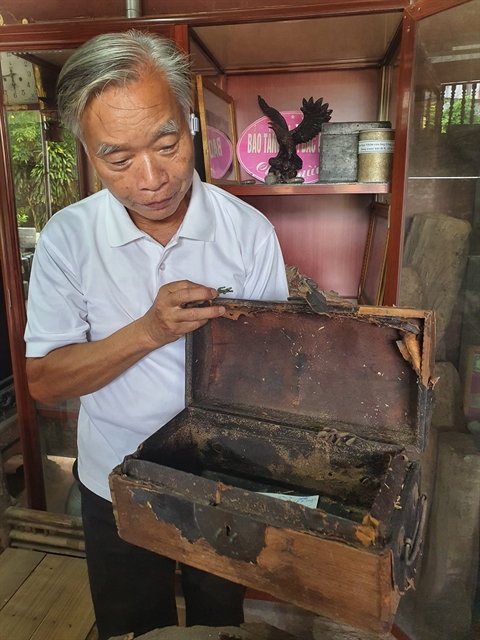
|
| Although Nông has collected the items for decades, but his hobby hasn’t been supported by many other people, including his family members. |
Although Nông has collected the items for decades, his hobby hasn’t been supported by many other people, including his family members.
“People think that I am a weirdo, while my family members said that I waste my money on useless items. But I don’t care what they think about me. I just care about how to preserve cultural and historical values. To collect and keep them in my small museum, it’s my way of preservation,” he said.
Before the closure at the end of April due to the COVID-19 pandemic, his museum has been visited by groups of school students in the province. He hopes that the gallery, which re-opened last week, is a worthy place to visit not only for school students, but also all kinds of visitors who want to learn a bit about the Vietnamese culture and history. — VNS

